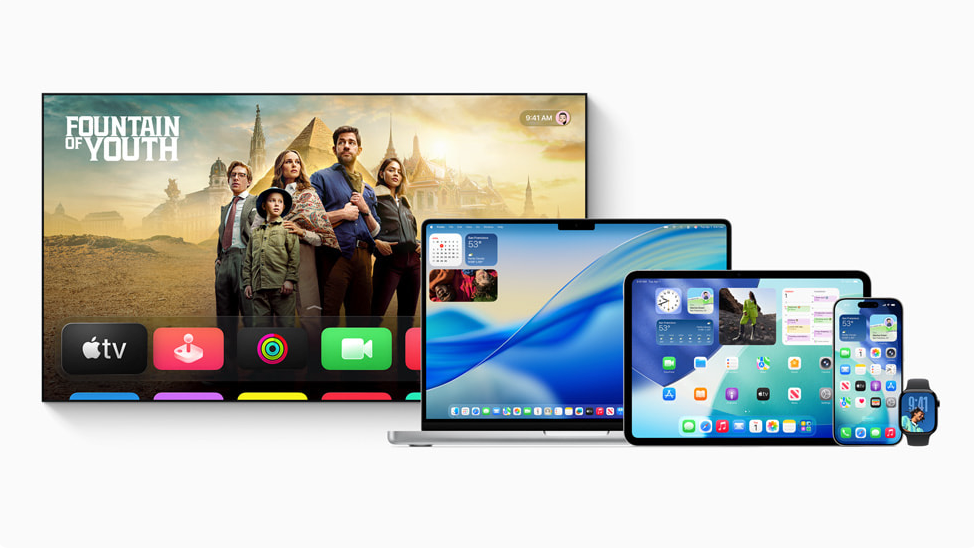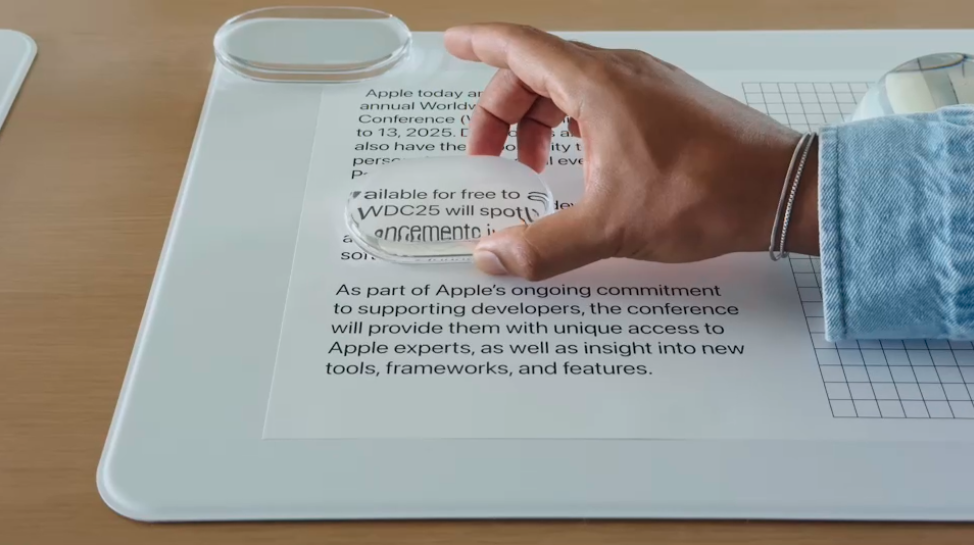Product development is having its “boundaries dissolving” moment.
All product disciplines are becoming more fluid. Boundaries are dissolving, and roles are overlapping across design, development, strategy, marketing, and QA.
This accelerated fluidity is, in part, a direct consequence of the new ways we are working and consuming information, significantly propelled by the widespread adoption of AI and LLMs.
Consider the beta Apple’s new Liquid Glass UI: design roles are similarly becoming translucent, refracting adjacent skills and fluidly adapting to their context. Just as AI tools are merging analytical and creative tasks, our professional roles are evolving to leverage these capabilities, demanding a more integrated approach.

In the past, roles were rigidly defined:
- Designers focused on aesthetics
- Developers ensured functionality
- Marketers drove sales
- QA guaranteed quality
Each operated in their own silo, with minimal deep collaboration.
Now, with the “Liquid Glass” approach, each role becomes open to others skills and viewpoints.
Imagine a Designer who codes, instead of just handing off static mockups, prototypes interactive elements directly in code to test micro-iteractions, collaborating live with developers on front-end implementation.
Imagine a Developer who not only writes elegant code but also deeply understands the user’s journey and emotional responses. They don’t just review reports; they participate in user interviews and usability tests, directly experiencing user frustrations and delights. They consider how slow loading times or inaccessible interfaces affect users, integrating performance optimisation and inclusive design principles from the start.
Imagine a Marketer who thinks in terms of user interactions, utilising A/B testing beyond headlines. They focus on interactive elements, testing button placements, call-to-action animations, or micro-copy within the product itself to optimize engagement and conversion rates. They see the product as a dynamic marketing channel.
Imagine a QA who not only identifies bugs but also proposes solutions rooted in a deep understanding of user flows and accessibility best practices.
They create insights that none could achieve alone. This is genuine, combined intelligence.
The potential is immense, but there are risks. If mishandled, this fluidity can lead to:
- Unclear Scope
- Diffused Responsibility
- Lack of Accountability (rather than true strategic advantage)
Mitigating this requires clear communication frameworks and a focus on defining shared outcomes. However, when done well, this strategic integration makes your role more valuable and essential.
Apple’s beta Liquid Glass isn’t just a UI trend; it represents a new mindset. It’s not about flash Dribbble effects; It’s the natural evolution of a framework. While designers are rightly calling out accessibility concerns with the beta version – a valid critique – It’s worth pausing.
Is Apple merely chasing a visual trend? I don’t believe so…
Their launch sends a clear message: Clarity should flex with Context.

I believe the same principle applies to careers as well:
- When a designer learns strategy, they’re not doing more work, they’re seeing more possibilities.
- When a developer learns storytelling, they’re not becoming a marketer, they’re becoming a developer who builds products people actually want.
- When a QA learns more about design intent, they’re not stepping out of their lane, they’re helping shape better, more consistent experiences.
The blur effect reveals what only you can do, and how that unique value multiplies when it touches adjacent domains. Your expertise compounds when it overlaps with others, never dilutes.
Same with roles. When a designer learns strategy, or a developer learns storytelling, it’s not about doing more. It’s about seeing more. Not becoming someone else, but becoming clearer about what you bring, and how it fits in the bigger picture.
Apple’s beta Liquid Glass maintains its essential properties while responding to environment. That’s the career model: Deep expertise that becomes more valuable because it adapts intelligently to context.
Liquid Glass metaphor is perfect here. Not because their design philosophy is consistent (they’ve had their shifts and iterations), but because they demonstrably understand the power of integration and how core principles can adapt to new contexts. The material works because it has core properties that respond intelligently to environment, mirroring how successful professionals will navigate the increasingly fluid landscape.
Professionals who master this balance, keeping their core expertise strong while staying open to nearby disciplines will create greater impact and will stand out in the long run.